
S/V Mari Hal-O-Jen
Though we travel the world over to find the beautiful, we must carry it with us or we find it not. ~Ralph Waldo Emerson
31 December 2010
28 December 2010
23 December 2010
22 December 2010
21 December 2010
20 December 2010
16 December 2010
15 December 2010
14 December 2010
13 December 2010
10 December 2010
09 December 2010
08 December 2010
07 December 2010
06 December 2010
03 December 2010
02 December 2010
01 December 2010
24 November 2010
23 November 2010
Mel Fisher Museum Photos
23 April 2008

On September 4, 1622 a fleet of twenty-eight ships left Havana bound for Spain. Onboard was the wealth of an empire, nearly incomprehensable today.
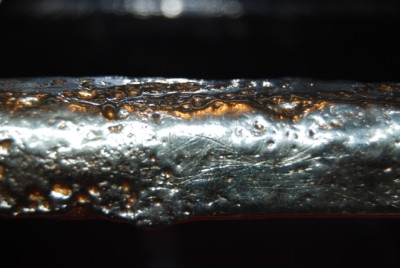
The heavily armed Nuestra Se�ora de Atocha sailed as the rear guard of the fleet. She bore the name of the holiest of shrines in Madrid. She had been built in Havana in 1620 and was rated at 550 tons, with an overall length of 112 feet (the S/V Mari Hal-O-Jen is 35 feet), a beam of 34 feet (we're 11 feet wide) and a draft of 14 feet (we measure 5.5 feet below the water). She carried square-rigged fore and mainmasts, and a lateen-rigged mizzenmast. Atocha would have had the high sterncastle, low waist and high forecastle of a typical early 17th century galleon.
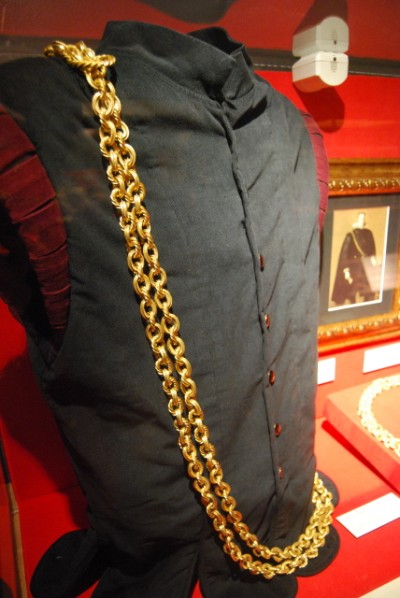
A second trick is to back off the case and zoom in with a telephoto and no flash to avoid reflections and glare.
The Atocha alone carried 24 tons of silver bullion in 1038 ingots, 180,00 pesos of silver coins, 582 copper ingots, 125 gold bars and discs, 350 chests of indigo, 525 bales of tobacco, 20 bronze cannon and 1,200 pounds of worked silverware! Also onboard were items being smuggled to avoid taxation, and unregistered jewelry and personal goods.
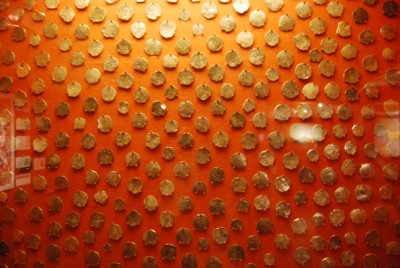
This was shot with no flash but you can still see the reflections from doors, windows and other natural sources of light around the edges of the picture.
The fleet was overtaken by a hurricane as it entered the Florida Straits. By dawn of September 6th, eight of the vessels were scattered from the Marquesas Keys to the Dry Tortugas on the sea floor.
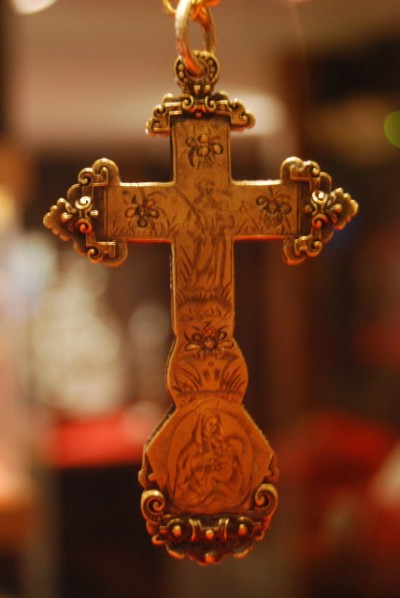
One of our favorite pieces in the museum. This gold cross has the most delicate etchings of Our Lady on the bottom of the cross. Simply lovely! I increased the ISO which increases the camera's sensitivity to light.
The Nuestra Se�ora de Atocha sank with 265 people onboard. Only three sailors and two slaves survived by holding on to the stump of the mizzenmast, which was the only part of the wrecked galleon that remained above water. Rescuers tried to enter the drowned ship, but found the hatches battened tight. At 55 feet, the water depth was too great to allow them to work to open her.
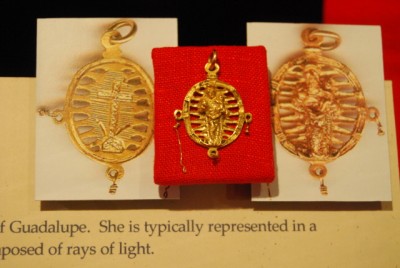
Shot with the Macro as close to the glass as possible.
Two additional hurricanes further scattered the wrecks within a month. Though the Spanish searched for the next 60 years, nothing was ever found.
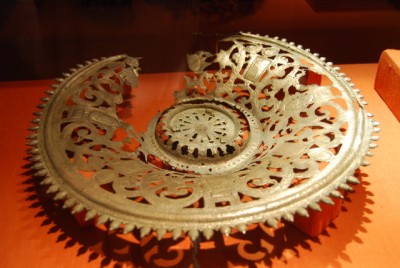
A slower shutter speed will also let in more light but the camera must be held very steady.
Then in 1969, Mel Fisher and his Treasure Salvors crew began their search for the treasure of the Atocha. Using sand-clearing propwash deflectors, or "mailboxes," that he invented, and specially-designed proton magnetometers, they found little bits of the treasure over the years.
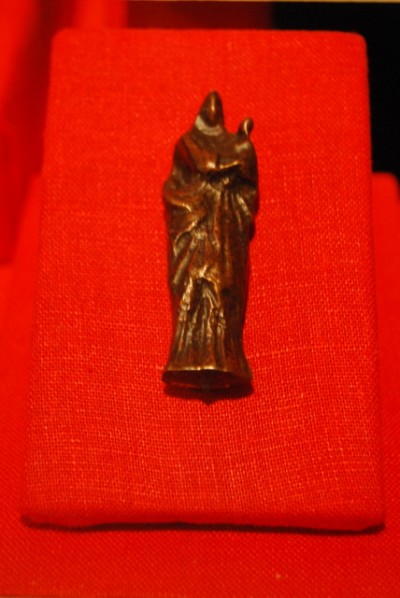
No matter how long since the last piece of treasure was brought up, no matter the 100+ court battles (which finally ended in victory in the US Supreme Court) no matter the personal tragedies that stalked Mel Fisher, every day was greeted with his signature phrase -
"Today's the Day!" That day finally arrived on July 20, 1985 when the motherlode of the shipwreck of the century was found.
Make today your day. Get out there and do something you've been longing to do!
And maybe take a few photos to share too...
Comments
| Vessel Make/Model: | 35' Coronado |
| Hailing Port: | Boca Chica |
| Crew: | Capt. Hal, Jennifer, and our daughter Marianna, a great photographer! |
| Extra: | Warmest Wishes! |
| Home Page: | http://www.sailblogs.com/member/marihalojen/ |
Gallery not available
S/V Mari Hal-O-Jen
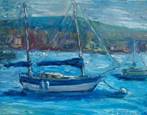
Who: Capt. Hal, Jennifer, and our daughter Marianna, a great photographer!
Port: Boca Chica
Contents
Our Favorites
- Mari Hal-O-Jen Photo Gallery
- Local Doppler Radar
- NOAA's Online Chart Viewer
- Seven Seas Cruising Association
- Noonsite
- SOUTHWINDS
- Kids Aboard
- Small Meadows Press
- 4 Real Forums
- A Short Digital Camera Course
- Brave Writer
- Penny Gardner's Site
- Sunschoolers
- Rising Phoenix (Marianna's Blog)
- APRIL'S SHOWER OF PHOTOS
- "Go East", they said...
- A Shower of Roses
- Amy In Stitches
- and these Thy gifts...
- As We Walk
- By Sun and Candlelight
- Five Monkeys and a Princess
- Handbook of Nature Study
- In the Heart of My Home
- Inside My Domestic Church
- Island in the Grove
- Joyful Chaos
- Just Another Day in Paradise
- LaPaz Home Learning
- Lettres de Mon Moulin
- Little House in the Big Yard
- Moments Like These
- Our Domestic Church
- Our Hearts' Haven
- Parente Adventures
- Pondered in my Heart
- Running with Perseverance
- Seven Little Australians Plus One
- Shower of Roses
- Sonlight Garden
- Spiritbee
- Sweetness and Light
- Ten Kids and a Dog
- The Bookworm
- The Cabbage Patch
- The Family-Centered Life
- This Blessed Mess
- Three Plus Two
- Totus Tuus Family
- Trapper Creek
- Posy
- Soule Mama












